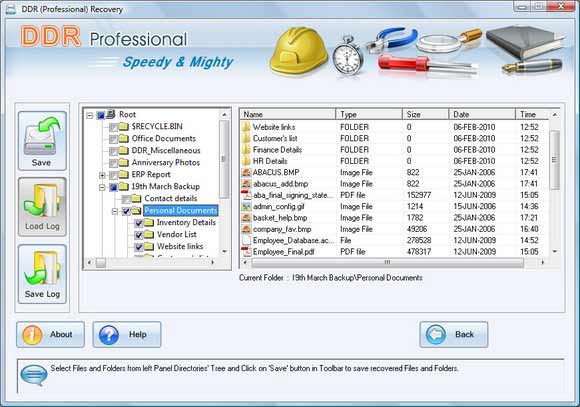

It allows R&D and QA engineers in the computer industry to debug, effectively test and validate PCI-X based designs such as servers, motherboards, chip-sets, RAID systems & network interface cards.
MOUNT DDR RECOVERY VERIFICATION
The Keysight E2930A exerciser and protocol analyzer is a PCI-X DDR I/O protocol test card which provides the latest verification technology for PCI-X 2.0 Mode 1 and Mode 2. Protocol checker of over 64 PCI-X protocol rules in real time.PCI-X state analyzer with 4M state trace memory.
MOUNT DDR RECOVERY GENERATOR
Exerciser (option #300) with full capabilities, including split transactions, 4 MB of data memory (512K x 64 bit) and real-time generator.Support for PCI-X Mode 1 and 2 (Mode 2 up to 200 MT/s DDR).Write reliability parameter register : 0x05ĭevice supports writing EXT_CSD_WR_REL_SETĭevice supports the enhanced def. Partition 4: the device protects existing data if a power failure occurs during a write operation Partition 3: the device protects existing data if a power failure occurs during a write operation Partition 2: the device protects existing data if a power failure occurs during a write operation Partition 1: the device protects existing data if a power failure occurs during a write operation User area: the device protects existing data if a power failure occurs during a write operation Write reliability setting register : 0x1f User area write protection register : 0x00 High-density erase group definition īoot write protection status registers : 0x00īoot Area Write protection : 0x00 High-speed interface timing Įrased memory content īoot configuration bytes īoot config protection īoot bus Conditions
MOUNT DDR RECOVERY DRIVER
I/O Driver Strength ĬSD structure version

Secure Feature support ĭevice supports dual data rate during bootĭevice supports high speed timing during bootīoot partition size Minimum Performance for 8bit at 52MHz in DDR mode: Power off notification īackground operations status ġst Initialisation Time after programmed sector Large Unit Size Įxtended partition attribute support Max Packet Write Cmd ĭata TAG support Ĭontext Management Capabilities HPI Features : implementation based on CMD12īackground operations support The eMMC chip in question is (I'm pretty sure) a Hynix H26M64002DQR: $ cd /sys/bus/mmc/devices/mmc0:0001Ĭid enhanced_area_offset hwrev power/ serialĬsd enhanced_area_size manfid preferred_erase_size erase_size name prv ffu_capable ocr raw_rpmb_size_mult ueventĬard Supported Command sets Here are some diagnostics from sysfs and from Linux's mmc tool. My Question: Am I seeing the chip's true current state, or have I mucked something up in trying to hook it up and talk to it? Is there anything else that can be tried, or am I at the end-game? It seems inconceivable to me that the entire chip could have been filled with zeros by any normal operation, or even a rogue program running with root privileges on the phone. The "natural" state of a flash cell is a logical high (0xFFFF.), and is what I would expect to see if the chip had been damaged during removal or the pogo pins weren't making proper contact. It's this last part that has me confused. However, the OS reported no partitions, and dumping all the block devices returned nothing but a sea of zeros. To my surprise, the chip appeared to be recognized by the OS and appeared in /dev with the nodes /dev/mmcblk0, /dev/mmcblk0boot0, and /dev/mmcblk0boot1, which was expected. I purchased an eMMC pogo pin reader, placed the chip in it, and attempted to read it on my Linux PC. As the phone was already effectively and unrecoverably bricked, I got a very skilled friend to disassemble the phone and remove the eMMC chip from the board. With conventional solutions seemingly exhausted, I decided to get unconventional. She dearly wanted to get as much data back out of the phone as possible, but as it wasn't switching on, much less enumerating over USB, ordinary data recovery techniques were not possible. Some months ago, my sweetie's phone died - an HTC One M7 - and a well-rated local phone tech was unable to resurrect it.


 0 kommentar(er)
0 kommentar(er)
